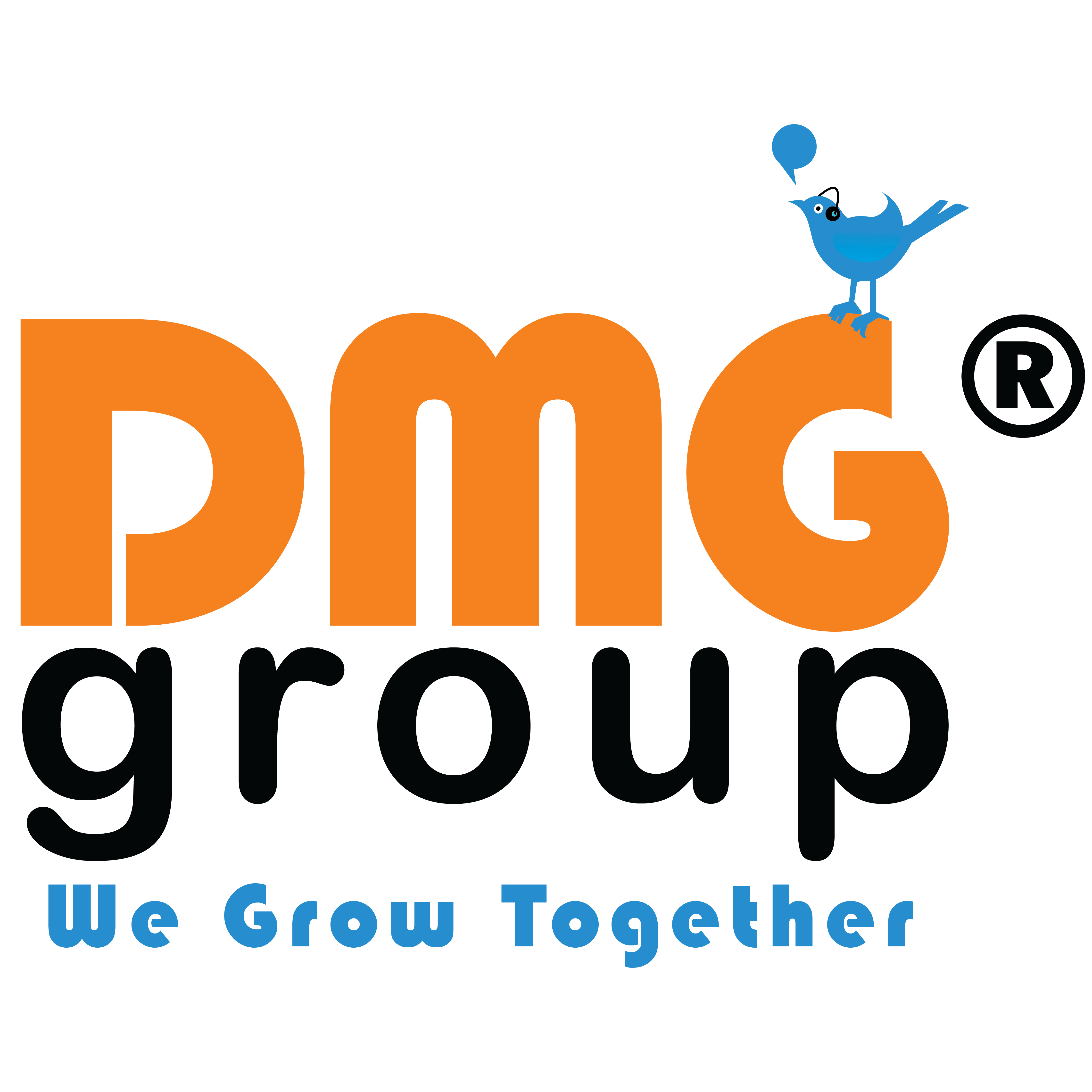In the ever-evolving landscape of IT services, the backend technologies serve as the sturdy foundation upon which complex systems and applications operate seamlessly. Let’s delve into the top 10 backend technologies that are currently driving innovation and efficiency in the realm of IT services.
Node.js: Leveraging the power of JavaScript, Node.js has become a go-to choice for building scalable and high-performance backend systems. Its event-driven architecture and non-blocking I/O make it ideal for handling real-time applications and microservices.
Python: Renowned for its simplicity and readability, Python is extensively used for backend development. With frameworks like Django and Flask, Python empowers developers to rapidly build robust web applications and APIs.
Java: A stalwart in the world of enterprise backend development, Java continues to dominate with its platform independence and strong ecosystem of libraries and frameworks. Java EE and Spring Framework are popular choices for building scalable and secure backend solutions.
Go (Golang): Developed by Google, Go has gained traction for its simplicity, concurrency support, and efficient performance. It’s well-suited for building microservices and distributed systems, making it a favorite among cloud-native applications.
Ruby on Rails: Loved for its convention over configuration principle, Ruby on Rails enables rapid prototyping and development of web applications. Its elegant syntax and vast community support make it an attractive choice for startups and established companies alike.
ASP.NET Core: Microsoft’s ASP.NET Core offers a modern and cross-platform framework for building backend services and APIs. With features like built-in dependency injection and support for cloud-native development, ASP.NET Core simplifies the process of creating robust web applications.
PHP: Despite facing criticism, PHP remains a popular choice for backend development, especially in the realm of web development. Frameworks like Laravel and Symfony provide developers with the tools needed to build scalable and secure web applications.
Ruby: While not as widely used as it once was, Ruby continues to be favored by developers for its elegant syntax and developer-friendly ecosystem. Ruby’s Rails framework revolutionized web development and continues to be a viable option for building backend systems.
Databases (SQL & NoSQL): Backend systems rely heavily on databases for storing and managing data. SQL databases like MySQL, PostgreSQL, and SQL Server remain foundational, while NoSQL databases such as MongoDB and Cassandra offer scalability and flexibility for modern applications.
Containerization & Orchestration: Technologies like Docker and Kubernetes have transformed the way backend systems are deployed and managed. Containerization enables developers to package applications and their dependencies into lightweight containers, while orchestration tools like Kubernetes automate deployment, scaling, and management of containerized applications.
These backend technologies collectively form the backbone of IT services, enabling businesses to deliver reliable, scalable, and secure solutions to meet the demands of today’s digital landscape.






